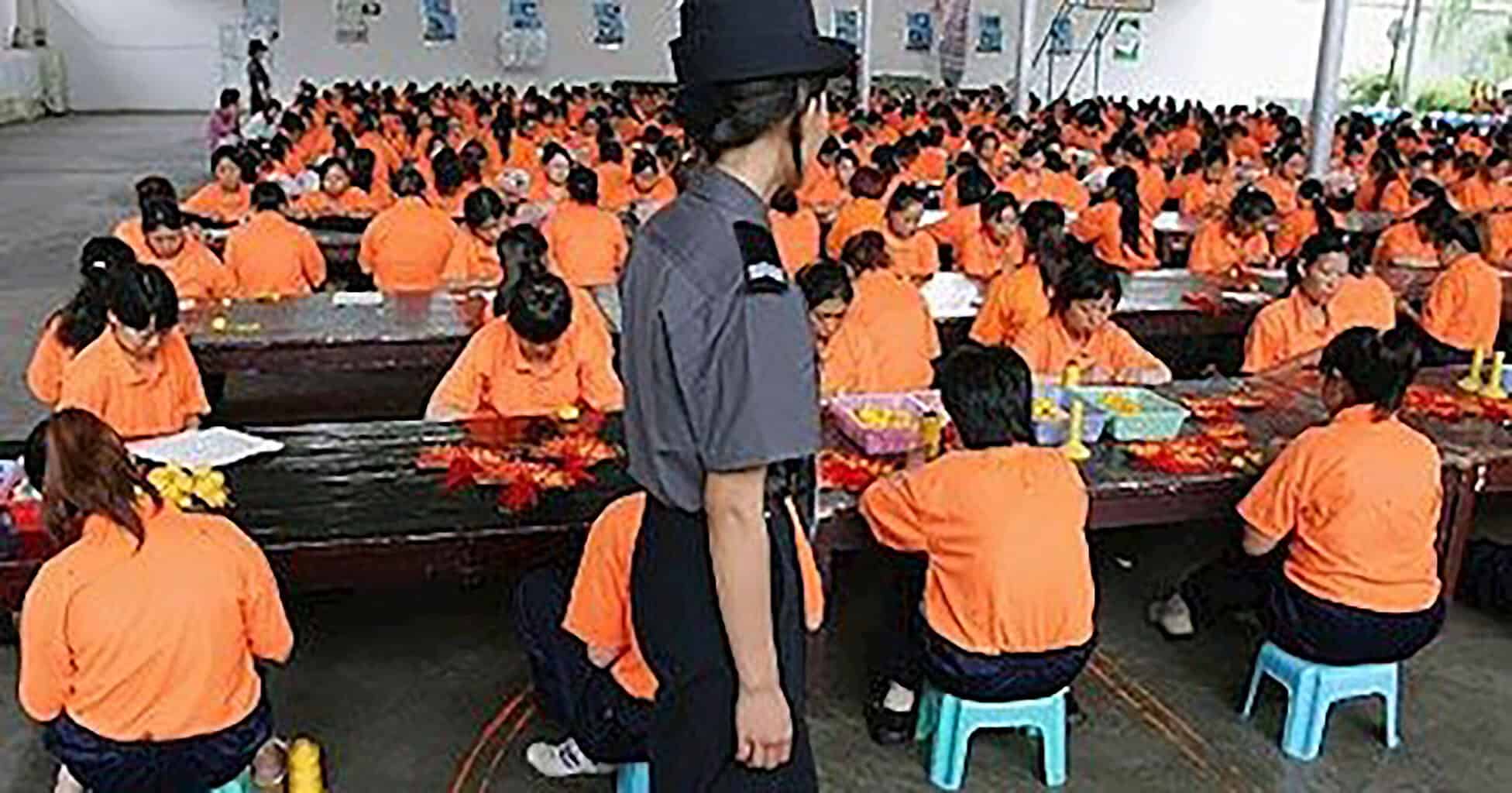China’s Genocide through Forced Labor
Ethnic cleansing, crimes against humanity and genocide of Muslim ethnic minorities of China has escalated ino a system of horror with far reaching effects. Uyghurs and other Turkic majority Muslims are being dehumanized and degraded through cruel tactics of inhumane, ongoing, forced labor under the guise of improved social conditions and work opportunities.
By implementing policies of exploitation like “Poverty Alleviation Through Labor Transfer,” China creates an illusion of “improving” Uyghurs’ lives through employment, obscuring the true extent of the Uyghur genocide, an article by E-International Relations , E-IR, states.
While this system may not result in immediate mass death, it facilitates the systematic use of Uyghurs as slaves. This policy presents slavery as a better alternative to death, forcing Uyghurs to feel “grateful” to China for the opportunity to survive through servitude.
Uyghur forced labor ultimately serves China’s goal of minimizing the financial costs of the genocide while accelerating the eradication of the Uyghur people. This practice… reduces the discussion of genocide to one of forced labor, E-IR repots.
“Within Xinjiang’s unique context of frontier settler colonialism, its recent coercive labor transfer programme evolved alongside decades-long efforts to facilitate surplus labor transfers throughout China. From 2014, when Beijing shifted the region’s work focus towards de-extremification, Uyghur underemployment was framed as a matter of social stability and national security,” an article by Adrian Zenz argues.
“From a sociological perspective, Xinjiang’s coercive labor programs can be viewed as complementary efforts to indoctrinate and transform ethnic non-Han Chinese farmers into docile industrial workers as part of the state’s assimilatory project of coercive social re-engineering.”
Between 2017 and 2019, labor transfer coercion dramatically increased alongside campaigns of mass internment of enforcing poverty alleviation work goals. Chinese academics argue; “these transfers… reduce Uyghur population density”, linking them with an attack directed against the population.
Both schemes create a workforce that is considerably cheaper… fuelling the region’s integration into global supply chains, Zenz explains.
Human Rights Watch, HRW, documents how the Car industry is tainted by China’s forced labor:
Domestic and foreign manufacturers in China produced and exported more cars than any other country in the world in 2023, also producing and exporting billions of dollars of parts used by global carmakers.
Xinjiang produces more aluminum than any country outside of China.
The link between Xinjiang, the aluminum industry, and forced labor is Chinese government-backed labor transfer programs
Xinjiang Energy Group co-owns a coal mining company with Xinjiang East Hope Nonferrous Metals, and receives labor transfer workers at its coal mines, HRW explains.
A report by Sheffield Hallam University, SHU, expounds upon the horrors of PVC manufacturing in Xinjiang:
“China is the world’s largest producer/consumer of PVC. 20 percent of China’s PVC comes from the Uyghur Region. Zhongtai Group runs ideological and vocational training schools that have trained thousands of rural farmers to become compliant factory laborers. PVC flooring shipments from China to the U.S. increased by 300 percent in the last several years.”
Despite significant mechanization, Zhongtai continues to bring in transferred low-skill laborers who work directly in the production of the PVC and their other products, transferring more than 5,000 citizens deemed to be “surplus laborers,”
The PVC manufacturers own the coal mines and power plants that feed their factories, which they operate in industrial parks in symbiosis with other industries. Coal, limestone, salt and mercury are mined adjacent to or near the PVC plants in Xinjiang, the report states.
“The use of mercury in the production of vinyl chloride monomers poses a health risk to workers and populations proximate and distant to these plants, as mercury vapors can be transported long distances in the atmosphere, ” The Center for Environmental Health notes.
Coal dust causes COPD, silicosis, coal workers’ pneumoconiosis, and other respiratory diseases. Workers with prolonged exposure to PVC dust face increased risk of lung cancer. Dormitory style structures in the plant compounds suggest that many workers spend 24 hours in close proximity to these hazards, the report further explains.
The Outlaw Ocean Project reported, in the early two-thousands, China began transferring Uyghurs to work outside the region as part of an initiative that would later be known as Xinjiang Aid. The region’s Party secretary noted that the program would promote “full employment, ethnic interaction, exchange and blending.” Chinese academic publications have described it as a way to “crack open” the “solidified problem” of Uyghur society in Xinjiang, where the state sees the “large number of unemployed Uyghur youths” as a “latent threat.”
According to government statistics: Chinese authorities annually relocated … over 2.5 million people, through labor transfers between 2014 and 2019. Between 2017 and 2019, birth rates in Xinjiang declined by almost half.
Adeelah Ahmad

